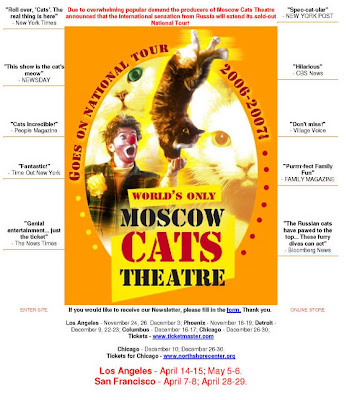In the past few years John Welch at the TTABlog has organized a Boston road trip for the Trademark Trial and Appeal Board. They’re great events and I highly recommend that anyone nearby make it there. This past October, the TTAB held an inter partes hearing in Iron Man Magazine versus the Ironman Triathalon for collateral goods, i.e., vitamin supplements. John blogged the results of the January 12, 2009 decision here, but I have a comment on an unsuccessful argument that the applicant raised, questioning the ownership of the magazine’s mark.
Peary and Mabel Rader were the creators and original owners of Iron Man magazine, started in 1936. The current owners are John Balik, managing partner and publisher, and his partners Michael Neveux, Irving Bier, Sydney Bier and Mario Gambetta. But the ownership wasn’t transferred directly; instead, on October 7, 1986 the Raders assigned the Iron Man magazine trademark to John Balik and his wife, not the partnership. One month before Iron Man Magazine filed its opposition, Mr. Balik and his wife executed a nunc pro tunc assignment effective December, 1986 assigning the trademark to the Iron Man Magazine partnership.
Ironman Triathalon argued that since there was a gap of two months between the date of the first assignment, October, 1986, and the date that the nunc pro tunc assignment was effective, December, 1986, the business and trademark were separated for at least two months. Applicant’s further theory was that, since the nunc pro tunc assignment was only of the mark, but not the business, the business and mark had been separated for 20 years. All of this added up, the applicant alleged, to an assignment in gross, i.e., an assignment of a mark without the goodwill appertunant to it.
But an assignment in gross arises when the use by the assignee is sufficiently different from that of the assignor that a consumer wouldn’t associate the two. In this case there was only ever one IRON MAN magazine, which was published continuously from its origin with the Raders to the present day. The Applicant never suggested that there was a cessation in use by the original owner and a new, substantially different use by the new owners; at most what it looks like is that the formalities of transfer were botched. The applicant’s theory was just wrong for the circumstances, or at least missing essential proof.
The Board was saved from having to debunk the argument, since it could take the procedural route out:
We point out that applicant never raised these issues in its answer. Although opposer clearly has the burden to prove its prior use of the unregistered trademark IRON MAN in order to succeed on its claim of likelihood of confusion, opposer has met this burden by its testimony and exhibits that the magazine IRON MAN was published by opposer prior to applicant’s claimed first use. By waiting until its brief to raise questions about opposer’s reliance on the Raders’ prior use, applicant has denied opposer the opportunity to present evidence to respond to these questions. . . . Thus, we do not consider the issue of an assignment in gross or ownership of the mark to have been tried.
Ironman Magazine v. World Triathlon Corporation, Opp. No. 91167894 (TTAB Jan. 12, 2009) [not precedential].
© 2009 Pamela Chestek




